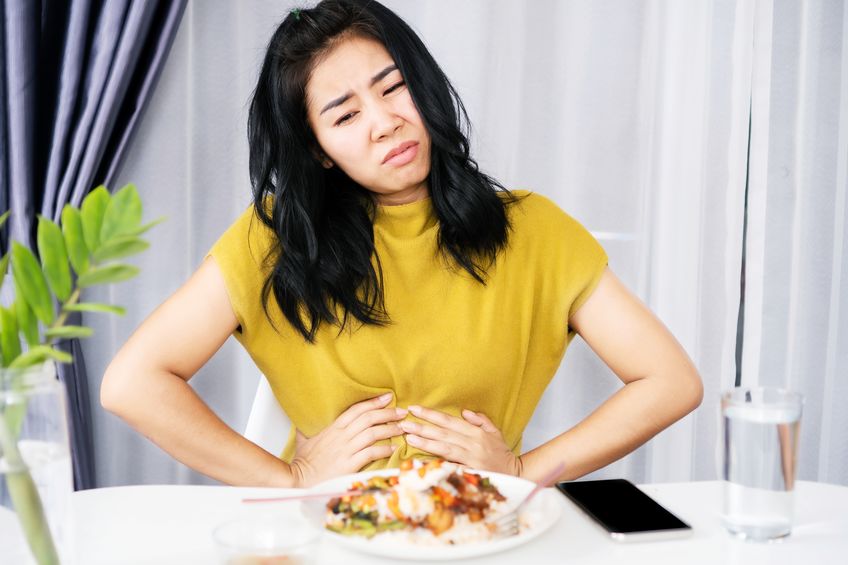Is PMS Or Pregnancy At Play?
Each month the symptoms of premenstrual syndrome (PMS) occur 1-2 weeks before the start of the period and stop once menses begin. However, when a woman is trying to conceive (TTC), the symptoms of early pregnancy and PMS can easily mimic one another. Differentiating between the 2 is important so a woman can know if a monthly period or baby is on the way.

Moody and crampy with PMS
Women report a wide range of PMS symptoms, including emotional and physical complaints. Some individuals experience PMS every month, while others suffer less often. Physical symptoms can include tender or swollen breasts, cramps, headache, backache, and changes in bowel movements, such as diarrhea and constipation. Emotional symptoms include mood swings, irritability, low mood, crying spells, tiredness, tension, low libido, and sleep changes.
Early signs of pregnancy
Similar to PMS, pregnancy symptoms vary from woman to woman. The early signs of pregnancy include a missed period, morning sickness, swollen breasts, tiredness, and frequent urination. Other less common pregnancy signs include food cravings, light bleeding, cramps, headaches, mood swing, bloating, and skin changes. A pregnancy test can usually identify a pregnancy after a missed period.
When PMS and pregnancy act alike
Common symptoms of both PMS and pregnancy are swollen or tender breasts and abdominal cramps. A woman with PMS may experience mild to severe tender breasts during the second half of the cycle. During early pregnancy, breasts are tender, swollen, and heavier. Cramps from PMS usually occur 24-48 hours before the period begins and disappears gradually after a few days. During early pregnancy, women may feel intermittent cramping in the lower stomach or back. Women commonly experience mood swings, tiredness, and appetite changes with both PMS and during pregnancy.
Divergent symptoms
Women with tender breasts or cramping will want to know if pregnancy or PMS is at play, so assessing other symptoms is essential. Light bleeding or spotting is commonly seen during early pregnancy, but with PMS, spotting is not expected. Instead, after PMS, a normal menstrual period will occur. Pregnant women frequently experience morning sickness in the early weeks, but nausea is not common during PMS.
Relieving symptoms
There are many ways to help ease the symptoms experienced during PMS. Some tips include getting enough rest and sleep, eating healthy foods, and staying physically active. Apply heat to the stomach or back to help with cramps. Use coping techniques such as meditation and yoga to relieve stress. Pregnancy symptoms such as nausea can be managed with over-the-counter (OTC) and prescription medications. Ginger, frequent small snacks, and plenty of fluids can also prevent morning sickness. While some spotting and cramping are expected early in pregnancy, a healthcare provider should address any heavy bleeding or ongoing cramping.
Early identification is important
Sore breasts, cramps, mood changes, tiredness, and food cravings can happen with both PMS and pregnancy. A sexually active woman needs to know how to spot the difference between PMS and early pregnancy. Early identification of pregnancy is imperative so behavior can be changed and prenatal care initiated. When symptoms are too similar to know the difference, a pregnancy test can help.
